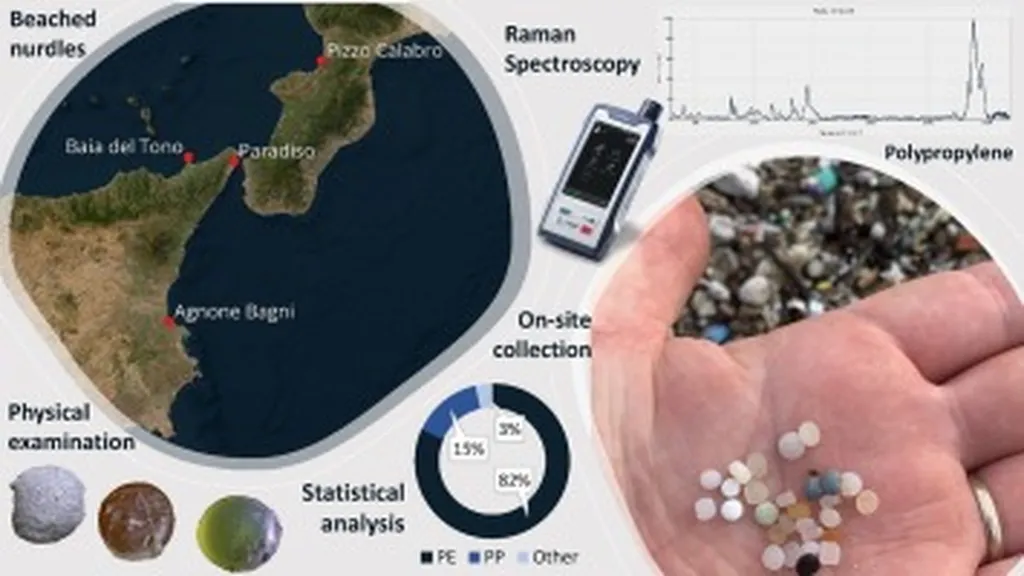In the relentless pursuit of sustainable environmental monitoring, a team of researchers led by Katia Buonasera from the CNR IMM-ME Institute for Microelectronics and Microsystems in Messina, Italy, has shed light on a promising technology: organic fluorescent sensors. Their comprehensive review, published in the journal *Nanomaterials* (which translates to “Nanomaterials” in English), delves into the potential of these sensors to revolutionize the way we detect and manage pollutants in our environment.
The study highlights the urgent need for advanced monitoring technologies driven by the exponential increase in environmental pollutants due to industrialization, urbanization, and agricultural intensification. Organic fluorescent sensors have emerged as a beacon of hope, offering sensitive, selective, and real-time detection capabilities. These sensors can detect pollutants in water, air, and soil with an impressive limit of detection (LOD) ranging from pico- to micromolar concentrations.
Buonasera and her team critically examine recent advancements in organic fluorescent sensors, focusing on their photophysical properties, molecular structures, sensing mechanisms, and environmental applications. The review categorizes these sensors into small molecules, polymeric materials, and nanoparticle-based systems, each with its unique advantages. “Organic sensors offer a compelling combination of biocompatibility, tunability, and cost-effectiveness,” Buonasera explains, underscoring their potential for widespread adoption.
The study also provides a comparative analysis with inorganic fluorescent sensors, such as quantum dots. While inorganic sensors boast superior photostability and a wide operating range, they fall short in terms of biodegradability and toxicity. This trade-off raises important considerations for their long-term environmental impact and sustainability.
One of the most exciting aspects of the research is the integration of nanomaterials and microfluidic systems. This innovation paves the way for developing portable, on-site sensing platforms, which could significantly enhance the efficiency and accessibility of environmental monitoring. “The integration of these technologies represents a promising route for real-time, on-site detection,” Buonasera notes, highlighting the potential for transformative applications in the energy sector and beyond.
The review outlines current challenges and future perspectives, suggesting that fluorescent sensors, particularly organic ones, are poised to play a crucial role in sustainable environmental monitoring and pollutant management. As the energy sector increasingly focuses on sustainability and regulatory compliance, the adoption of these advanced sensing technologies could be a game-changer.
The implications of this research extend far beyond the laboratory. In an era where environmental stewardship is paramount, the development of efficient, cost-effective, and sustainable monitoring technologies is more critical than ever. Buonasera’s work not only advances our understanding of organic fluorescent sensors but also sets the stage for future innovations in environmental analysis.
As we navigate the complexities of a rapidly changing world, the insights provided by this study offer a glimpse into a future where technology and sustainability go hand in hand. The journey towards a cleaner, healthier environment is fraught with challenges, but with advancements like these, the path forward becomes a little clearer.

